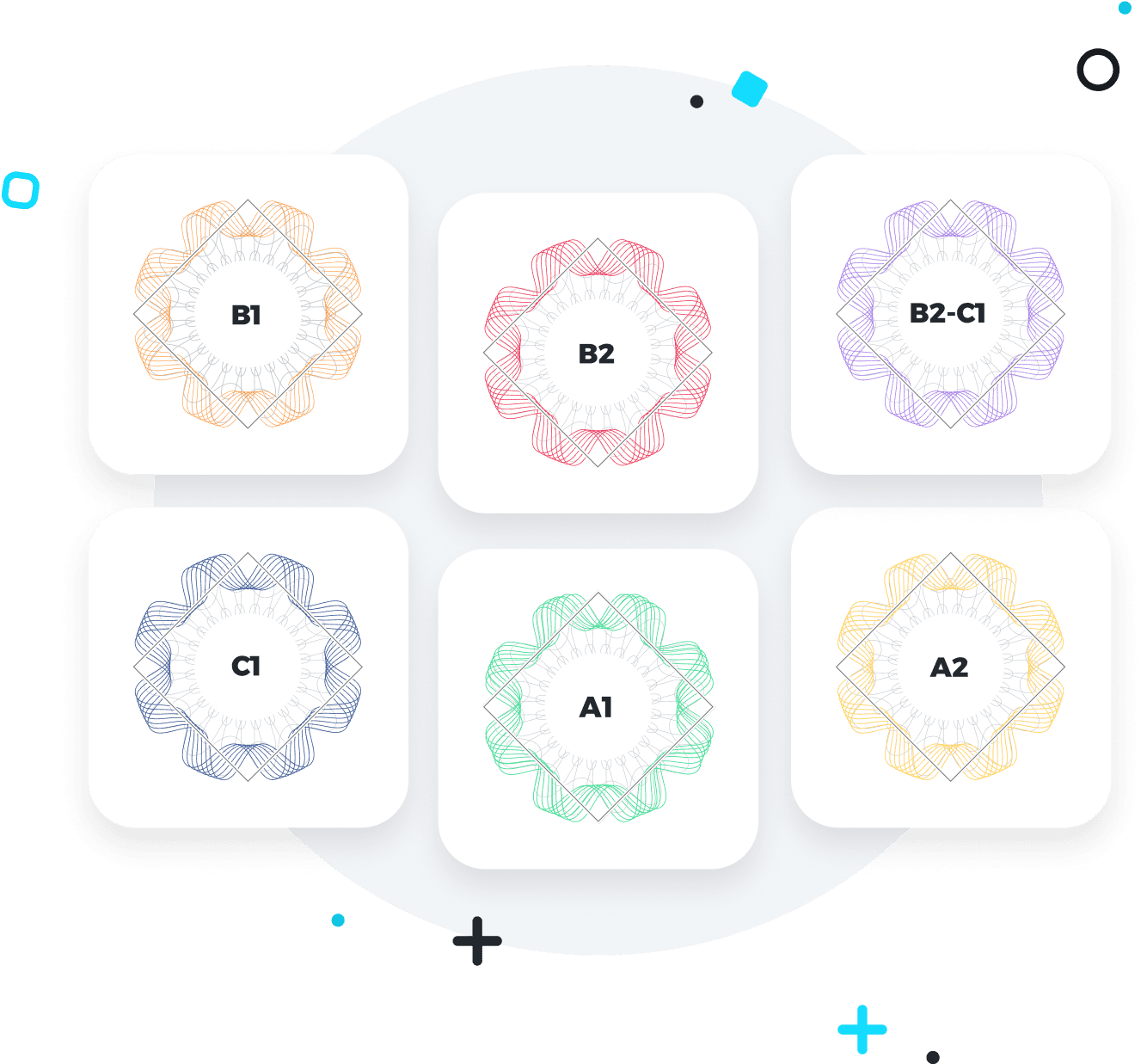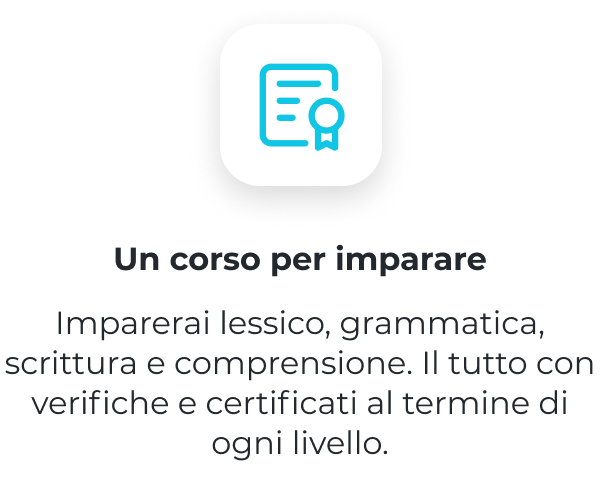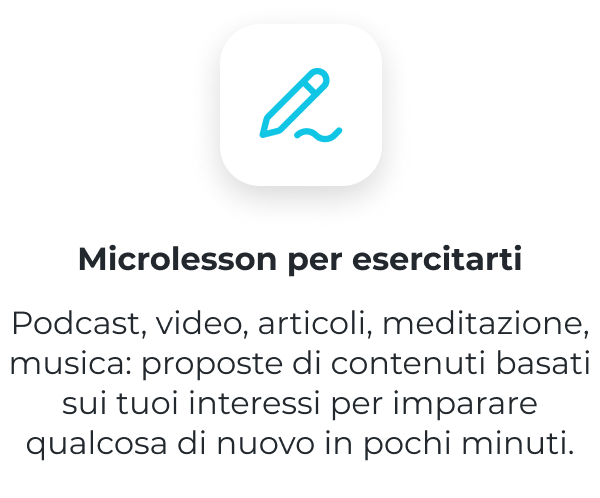Past continuous
In questo articolo trattiamo tutto ciò che devi sapere sul past progressive, come costruire frasi usando questo tempo verbale e esercizi per rafforzarlo. Avanti!
Cos’è il past continuous?
Il past continuous in inglese è un verbo che usiamo per esprimere azioni che sono iniziate nel passato e che non si sono ancora del tutto concluse quando l’interlocutore racconta gli eventi.
È comune usare questo verbo per raccontare storie che hanno avuto luogo nel passato.
Esempi:
- We were having a wonderful day at the beach. (Stavamo passando una splendida giornata in spiaggia)
- They were participating in a beauty pageant. (Stavano partecipando a un concorso di bellezza)
Quando si usa il past continuous?
Esprimere un cambiamento
Il past continuous ci è utile per indicare un cambio di opinione o un cambiamento di circostanze.
Esempi:
- I was having dinner with my parents, but they canceled the reservation. (Stavo per andare a cenare con i miei genitori, ma hanno cancellato la prenotazione.)
- It was raining this morning, but now the sun has come out. (Stamattina pioveva, ma ora c’è il sole)
Parlare di azioni interrotte
Usiamo anche il past progressive per indicare azioni che sono state interrotte e non si sono concluse.
Esempi:
- She was getting ready when they called. (Si stava preparando quando hanno chiamato)
- My friend was dancing when she fell. (La mia amica stava ballando quando è caduta)
Chiedere formalmente un favore
Un uso particolare del past continuous è quello di chiedere favori in modo formale e rispettoso.
Esempi:
- I was wondering if you could come over. (Mi chiedevo se potresti venire)
- We were wondering if we could have the party at your place. (Ci chiedevamo se potremmo fare la festa a casa tua)
+30 MILIONI DI STUDENTI
Unisciti all’accademia digitale d’inglese più
grande del mondo e impara l’inglese
Struttura del past continuous
Le frasi al past continuous si costruiscono usando la forma corretta del verbo to be al passato (was/were), seguita dal verbo che indica l’azione al gerundio (+ing).
Past continuous in frasi affermative
>Per la forma affermativa, le frasi si costruiscono aggiungendo la forma appropriata del verbo ausiliare to be al passato (was/were) accompagnato dal verbo principale al gerundio. La struttura di una frase al past continuous è la seguente:
Soggetto + to be (was/were) + verbo al gerundio + complemento
Esempi:
- I was dancing all night long. (Stavo ballando tutta la notte)
- He was having dinner with his boss. (Stava cenando con il suo capo)
Past progressive in frasi negative
Per costruire frasi nella forma negativa del past continuous, si fa la negazione sul verbo ausiliare to be (was not/were not, o nella forma abbreviata wasn’t/weren’t). In seguito dettagliamo la struttura:
Soggetto + not to be (wasn’t/weren’t) + verbo al gerundio + complemento
Esempi:
- We weren’t playing with your ball. (Non stavamo giocando con la tua palla)
- The student wasn’t paying attention. (Lo studente non stava prestando attenzione)
Past progressive in frasi interrogative
Per formare frasi interrogative al past continuous, cambiamo l’ordine della frase, mettendo il verbo ausiliare to be prima del soggetto.
Questo vale sia per le frasi interrogative affermative che negative.
La struttura è delineata di seguito:
(was/were / (wasn’t/weren’t) + soggetto + verbo al gerundio + complemento + ?
Esempi:
- Was Anna playing at the park earlier? (Anna stava giocando nel parco prima?)
- Weren’t you listening to the teacher? (Non stavi ascoltando l’insegnante?)
Sai già qual è il tuo livello d’inglese?
Fai subito un test
Registrati nella nostra pagina e accedi gratuitamente al test di livello. Scoprirai il tuo punto di partenza in pochi minuti e potrai continuare ad avanzare con il corso.

Differenze tra past continuous e past simple
Come abbiamo visto in precedenza, il past continuous viene utilizzato per indicare azioni che sono iniziate nel passato ma non sono ancora terminate o il cui tempo di conclusione è indeterminato.
Invece, utilizziamo il past simple per raccontare azioni che sono iniziate e terminate nel passato e che non continuano nel presente.
La differenza sta nell’intervallo di tempo in cui si svolge l’azione.
Vediamo il tutto più in dettaglio analizzando le strutture grammaticali:
| Tempo Verbale | Struttura | Esempio |
| Past simple | Soggetto + verbo al passato + complemento | I danced with my sisters. (Ho ballato con le mie sorelle) |
| Past continuous | Soggetto + to be + verbo(ing) + complemento | I was dancing with my sisters. (Stavo ballando con le mie sorelle) |
Frasi al past continuous
- We were playing baseball with our neighbors. (Stavamo giocando a baseball con i nostri vicini)
- I was trying to reach my goals quickly. (Stavo cercando di raggiungere i miei obiettivi rapidamente.)
- Martha wasn’t talking to her husband. (Martha non stava parlando con suo marito.)
- Kevin wasn’t listening to my advice. (Kevin non stava ascoltando il mio consiglio.)
- Were the children napping in the bedroom? (I bambini stavano facendo un pisolino in camera?)
- Were the universities already accepting applications? (Le università stavano già accettando le domande?)
Esercizi pratici sul past continuous
Esercizio con il past continuous in frasi affermative
Usa il past continuous per completare le seguenti frasi:
- We__________ (dance) together last night.
- The sun ___________ (shine) very bright that morning.
- Maria __________ (climb) the stairs when she slipped.
- I ___________ (wonder) if you could look after my dog tonight.
- The reporter ____________ (ask) questions about the company.
Risposte:
- were dancing.
- was shining.
- was climbing.
- was wondering.
- was asking.
Esercizio con il past continuous in frasi negative
Usa il verbo indicato per costruire frasi negative usando il past progressive:
- The burglar __________ (follow) her when she got off the bus.
- I __________ (dream) about you last night.
- The teachers ___________ (talk) about you at the meeting.
- You __________ (listen) to the indications.
- Pablo __________ (paint) the house like he told me.
Risposte:
- wasn’t following.
- wasn’t dreaming.
- weren’t talking.
- weren’t listening.
- wasn’t painting.
Esercizio con il past progressive in frasi interrogative
Con i frammenti indicati di seguito, costruisci frasi interrogative usando il past progressive:
- You/sing/in the shower
- Lola/not waiting/at the bus stop
- My cats/chase/the poor bird
- The nurses/not working/the night shift
- Malia and Paul/get married/yesterday
Risposte:
- Were you singing in the shower?
- Wasn’t Lola waiting at the bus stop?
- Were my cats chasing the poor bird?
- Weren’t the nurses working the night shift?
- Were Malia and Paul getting married yesterday?
Altri link utili


























